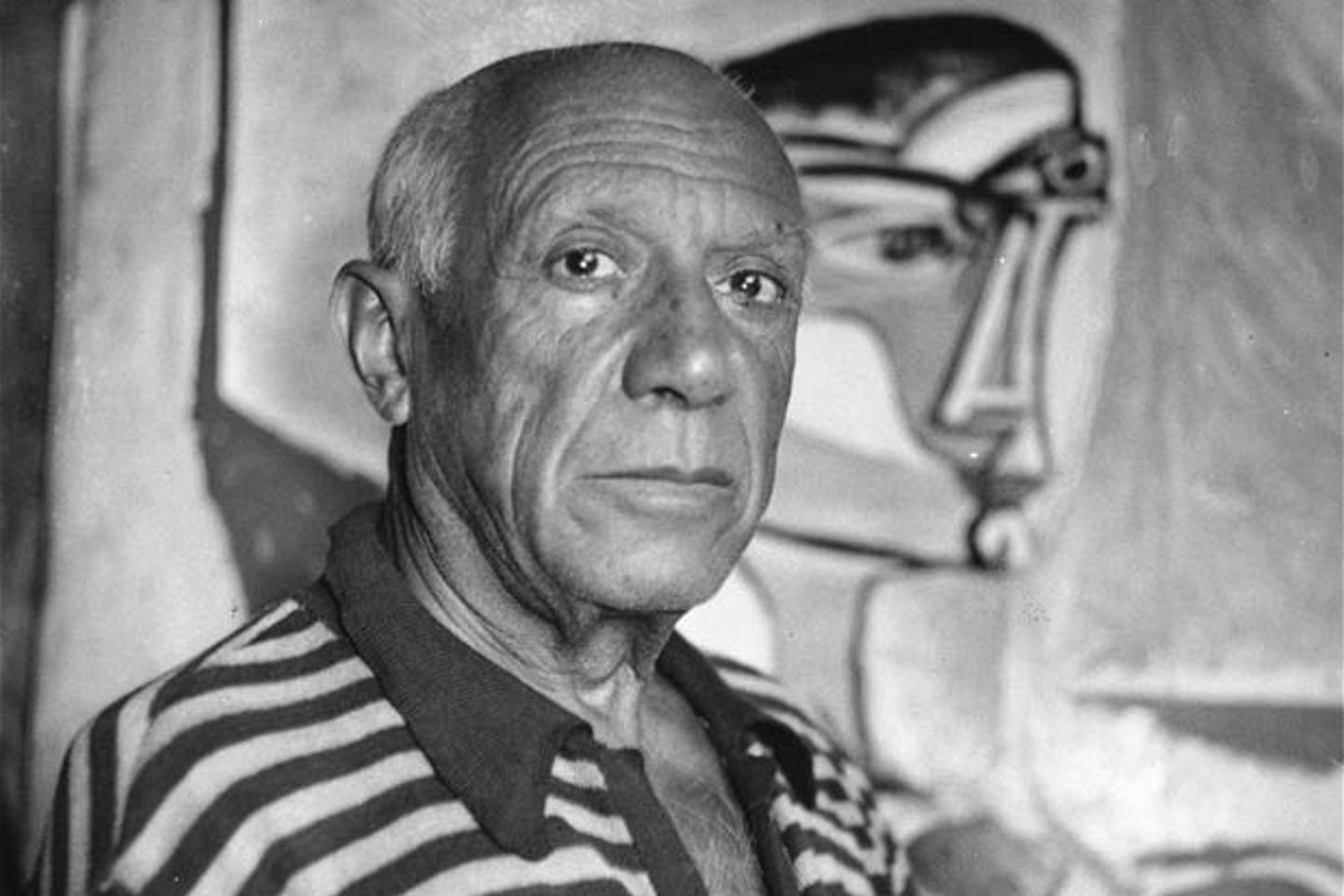


On December 7 and 8 at UNESCO's Paris headquarters, there will be an international symposium known simply as "Célébration Picasso," bringing to a close the commemoration of the 50th anniversary of the artist's death. Some 50 exhibitions were held in Europe and North America, including a number in France. The initiative was spearheaded by the Musée National Picasso-Paris and by Bernard Ruiz-Picasso, the artist's grandson. However, such a large number of Picasso-related events is nothing new. Between 2017 and 2019, the Picasso-Méditerranée project sparked around 40 exhibitions, from Spain to Lebanon. Here again, the Parisian museum was at the helm, in collaboration with over 60 foreign and French institutions. We only need to look a little further back in time to recall a few memorable exhibitions at the Grand Palais, "Picasso et les maîtres" ("Picasso and the Masters") in 2008 and 2009, and "Picasso.mania" in 2015 and 2016 – a prophetic title. The list of exhibitions devoted to the artist over the last 20 years is exhaustive.
The sums his paintings have reached at auction contribute to his fame: yet another $139 million (over €129 million) on November 8 at Sotheby's in New York for Femme à la montre ("Woman with a Watch") from 1932, though it isn't even the most interesting portrait of Marie-Thérèse Walter. And the record for the most expensive work of modern art belongs to him, of course: $179.4 million in 2015 for a version of his Les Femmes d'Alger ("Women of Algiers"), after Delacroix. At a lower cost, it is possible to celebrate him by driving a car bearing his name, since Picasso has become a brand and his signature a logo. The artist himself had begun this process of becoming a star by playing with the cinema. He instigated and financed Clouzot's film Le Mystère Picasso ("The Mystery of Picasso"), which won the Special Jury Prize at the Cannes Film Festival in 1955, and the following year, he was photographed in the company of Hollywood star Gary Cooper.
The temptation of 'blockbusters' for museums
The fact that the artist behind Les Demoiselles d'Avignon (1907) and Guernica (1937) is so universally celebrated is, of course, justified by his work. No artist was more capable of renewal and invention. No one's work is so abundant and polymorphous. Painting, collage, sculpture, assemblage, ceramics, drawing and engraving: Picasso changed everything. So the question is not about the artistic legitimacy of his celebrity; rather, recent controversies about his behavior with female companions have fueled discussion without significantly undermining his legacy. What is at issue is an unfortunate consequence of "Picassomania": It creates a vacuum around itself.
You have 55% of this article left to read. The rest is for subscribers only.
